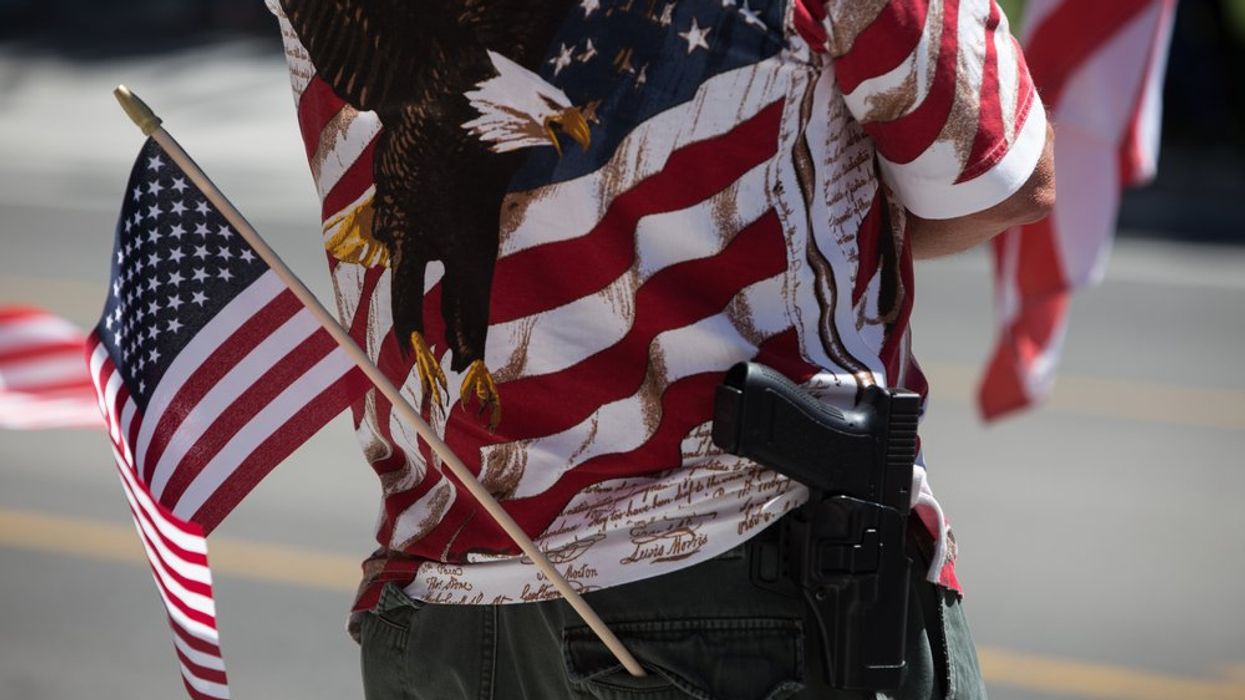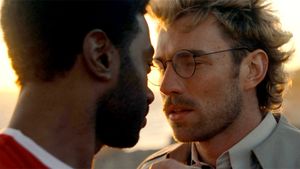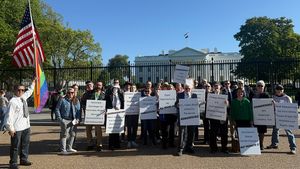History shows that gun violence is part of the foundations of the United States, and that history is reflected in a recent trend: more mass shootings occur around the Fourth of July holiday than any other day of the year.
This year alone, over 350 mass shootings have taken place. In a new analysis of mass shooting data from the Gun Violence Archive, CNN analysts observed that the trend has been occurring for nearly a decade — amounting to more than 50 mass shootings on July 4th — with this year being no exception.
So far, at least 10 mass shootings have occurred around the July 4th holiday, including a 30-victim shooting in Baltimore, a shooting in Philadelphia that killed 5 people, and one in Fort Worth, Texas that took 3 lives and injured 8 others.
There may be a seasonal influence on mass shootings, given that more shootings occur during the summer months than any other time of year. Regardless of mental illness diagnosis, there may be a connection between heat and violence, though the connection has been contested.
Crime analyst Jeff Asher reported for The New York Times a significant rise in shootings on hot days, especially in northern cities like Milwaukee and Detroit. Asher noted that Chicago in particular had twice as many shootings on hot days when compared to cold days, and Philadelphia saw an increase in outdoor violence, while indoor violence remained consistent.
Mass shootings disproportionately affect underserved Black communities in these cities, and the latest events were no exception. In general, gun violence disproportionately affects underserved communities of color in cities, where violence spikes in the summer.
According to Giffords Law Center, Black men make up over half of all gun homicide victims in the U.S., despite being less than 7 percent of the population. Summer heat makes the situation worse, when residents of these communities are less likely to have access to air conditioning, and children are put at a higher risk by being out of school for the break.
But for these communities, Giffords Law Center suggests that Oakland's reduction of gun violence serves as a promising template for other cities. Oakland took several measures to reduce gun violence, including analysis of trends in violence, in person contact with high-risk residents, and relationship-based social services; these measures reduced shootings and homicides by half, and show a promising path forward for reducing gun violence in other cities.


















































